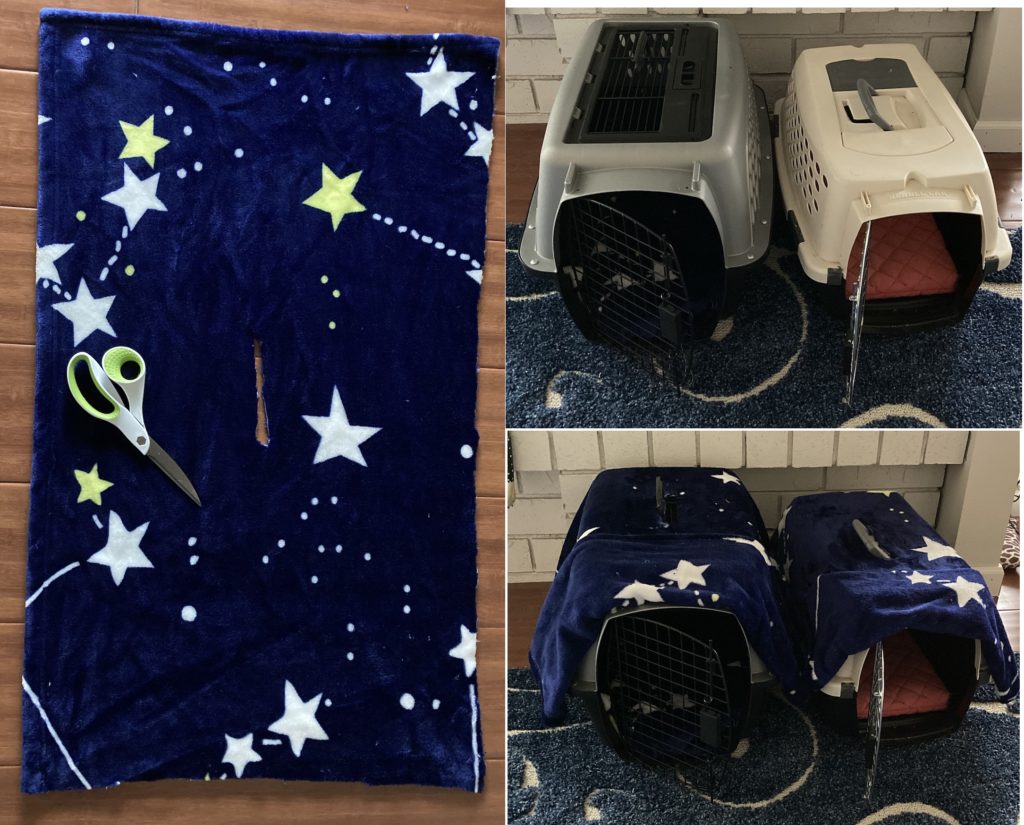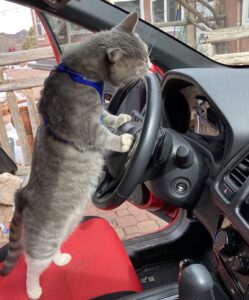
Cats love boxes and a carrier is just another box! However, your cat may have a love-hate relationship with her carrier – when the carrier comes out, she runs and hides under the bed. On the other hand, she may be relieved to enter it at the vet clinic at the end of her visit.
This post was originally published on February 12, 2023 as part of the “Better Vet Visits” series. This post has been updated and new material added.
Carrier Training for your cat
Why your cat may not like her carrier:
- It only takes her to the vet
- The carrier is not comfortable – maybe it too small, too big or too open like a cage?
- The carrier is an unfamiliar object and does not smell like her – smell means a lot to cats who use odors to communicate.
One of the reasons to do carrier training is to try and give your cat some positive associations with her carrier. We want our cats to feel safe in their carriers. It should be a little piece of home that travels with them.
carrier training for your cat: the carrier
SIZE MATTERS
Your cat should be able to stand up and turn around in her carrier. If she can’t, it is time for a new carrier. For tips on choosing and maintaining a carrier see https://www.felinepurrspective.com/tips-for-choosing-a-cat-carrier/
SCENT MATTERS
Start by cleaning the carrier.
- Hard, plastic carriers: clean with a mild detergent, rinse and wipe dry.
- Fabric carriers: Launder the “slipcover” on the pad in the bottom. Wash the carrier with mild detergent (unscented if possible) and water, then rinse and let dry. If you are concerned about urine in a fabric carrier, be sure to use an enzymatic (biological) laundry detergent.
Most laundry detergents these days contain enzymes to break down protein and fat based stains in fabrics. However, there are detergents designed to clean materials such as wool and silk that do not have enzymes. Check the list of ingredients on your detergent to see if enzymes are listed.
Once the carrier is clean, place a towel, blanket, or cushion in it. Select something that your cat sleeps on. We want something with her scent on it in the carrier. Place the carrier in a quiet place where your cat hangs out.
carrier training for your cat: the basics
You might be able to simply leave the carrier out with your cat’s blanket and some catnip or treats in it. Your cat may go and take a nap in the carrier. Other things you can do to make the carrier a homey place is to play games around the carrier and offer your cat treats or food in the carrier.
If you have worked with your cat and trained him to relax on a mat or blanket, use this mat/blanket in the carrier (see Reference 1; also “Miso Relaxes on his Blanket” )
carrier training for your cat: what happens next
The next steps are coaxing your cat to enter the carrier, having her stay in the carrier, and moving the carrier. Here Zelda the cat demonstrates this process. If your cat already enters the carrier or you have a one piece carrier, start at step 3. Each of these steps make take several days or more to complete. Your cat must feel confident that she is not trapped, and will be able to come out soon.
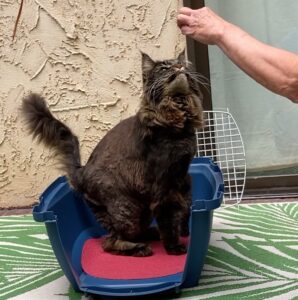
Step 1 : Top off
- Coax your cat into the carrier bottom with a trail of treats or target stick.
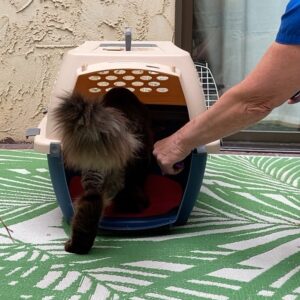
Step 2: Door off
- Assemble the carrier leaving the door off.
- Lure your cat in with a target stick or treats.
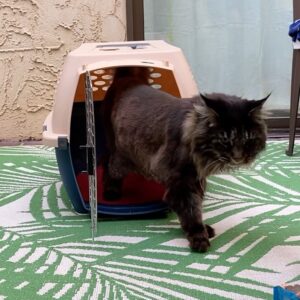
Step 3: Door open
- Put the door on the carrier.
- With the door open, coax kitty into her carrier with treats or catnip.
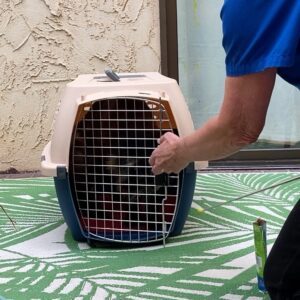
Step 4: Close the door
- Lure Kitty into her carrier and close the door.
- After a minute or so, let her out.
- Repeat, once or twice.
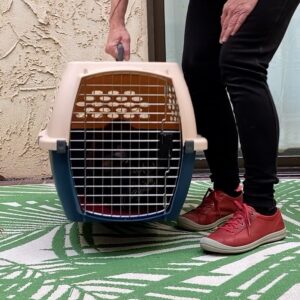
Step 5: Move the carrier
- With your cat in the carrier, pick the carrier up and move it to another room.
- When you arrive in the other room, open the door and let her out.
The next stage of the vet visit is the car ride. Like carrier training, this is a multi-step process. This will be the subject of the next post: “The Vet Visit: Help Your Cat Cope with the Stress of the Car Ride“.
Don’t have Time to Train?
Life often gets ahead of us. Suddenly, you may realize that your cat is scheduled for her dental cleaning next week! Don’t panic!
Even if you just have a week, bring out the carrier and let your cat get reaquainted with it. Be sure to clean it and put comfy bedding in it. Start with taking the top off (if you can) and offering yummy treats or food in the carrier.
Ask your vet about pre-visit medication. Bonqat is a feline friendly formulation of pregabalin. This can be offered to your cat an hour or so before she has to get into the carrier. It is a liquid and can be mixed in a small amount of food. Bonqat works by inhibiting the release of neurotransmitters that carry messages of anxiety and fear (Reference 2).
A few hours before you have to leave (or the night before if your cat is fasting and must be dropped off early), coax your cat into a room where there are no beds to crawl under or other hiding spaces – a bathroom or walk-in closet can work. Give her the pre-visit medication about an hour before putting her in her carrier.
If you have a two piece carrier, see if you can coax her into the bottom half, and “build” the carrier around her. If she is really anxious, cover her with a blanket or towel, place her in the carrier and put the top on. Cover one piece carriers to make them dark and appealing. Above all, stay calm and be patient during this process.
Carrier training for your cat requires time and patience. Ideally, your cat would know how to relax on a blanket or mat on cue before entering the carrier and being transported in the car. But even if you are not able to complete such a program, leaving the carrier out where your cat can nap in it or play games around it, can help make the carrier a little piece of home. Pre-visit medication such as Bonqat helps reduce fear and anxiety and can make traveling in the carrier easier for your cat.
references
- Bradshaw, J. and Ellis, S. The Trainable Cat, pp 167-171, ©2016 Basic Books, New York.
- Lamminen, T.; Korpivaara, M.; Aspegrén, J.; Palestrini, C.; Overall, K.L. Pregabalin Alleviates Anxiety and Fear in Cats during Transportation and Veterinary Visits—A Clinical Field Study. Animals 2023, 13, 371. https://doi.org/10.3390/ani13030371


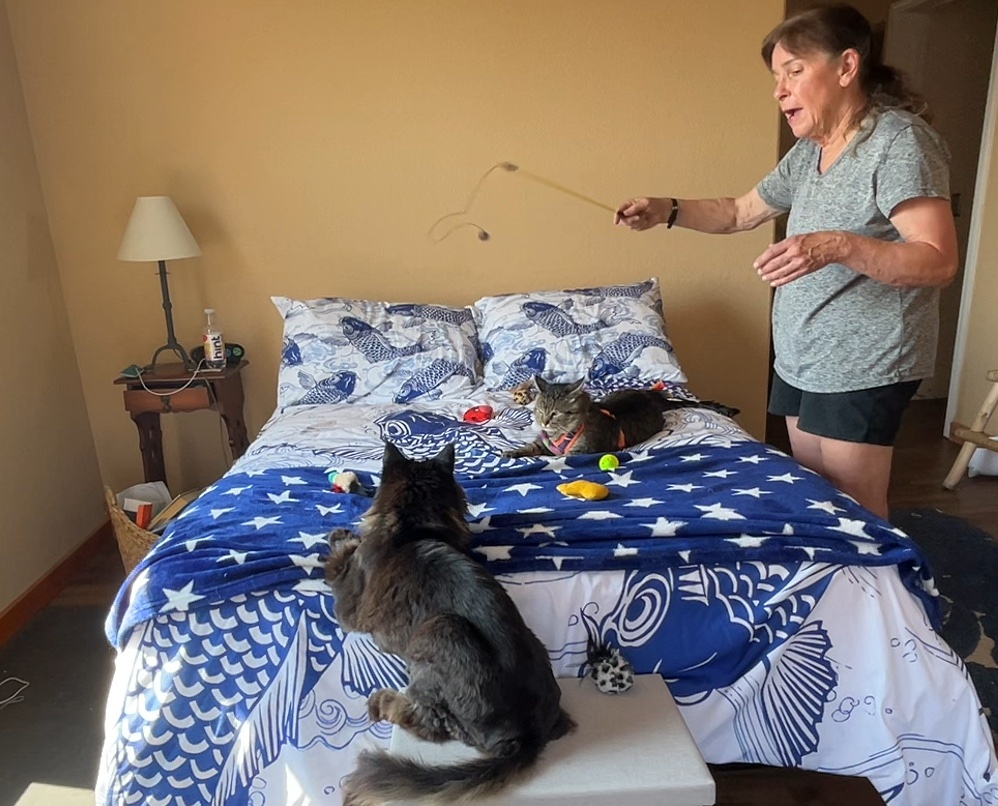
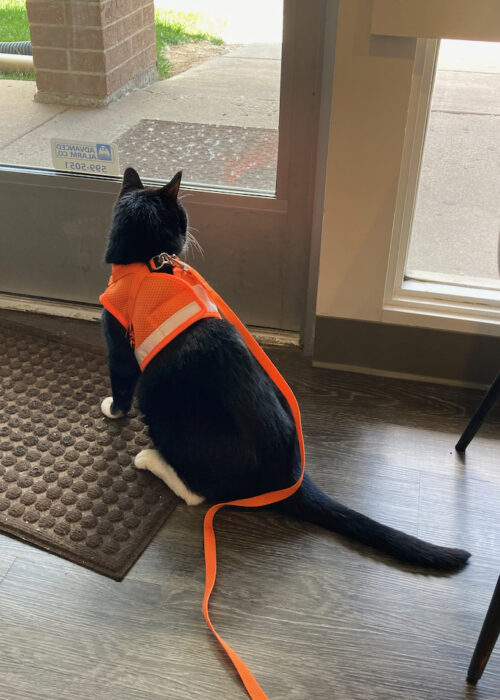 You are juggling your keys and a few bags of groceries as you approach your front door. You turn the key in the lock and open the door. In that instant, your cat slips out and melts into the darkness. Several scenarios run through your mind, each worse than the one before: she’ll get lost, hit by car or eaten by a coyote. How do you keep your cat from running outside?
You are juggling your keys and a few bags of groceries as you approach your front door. You turn the key in the lock and open the door. In that instant, your cat slips out and melts into the darkness. Several scenarios run through your mind, each worse than the one before: she’ll get lost, hit by car or eaten by a coyote. How do you keep your cat from running outside?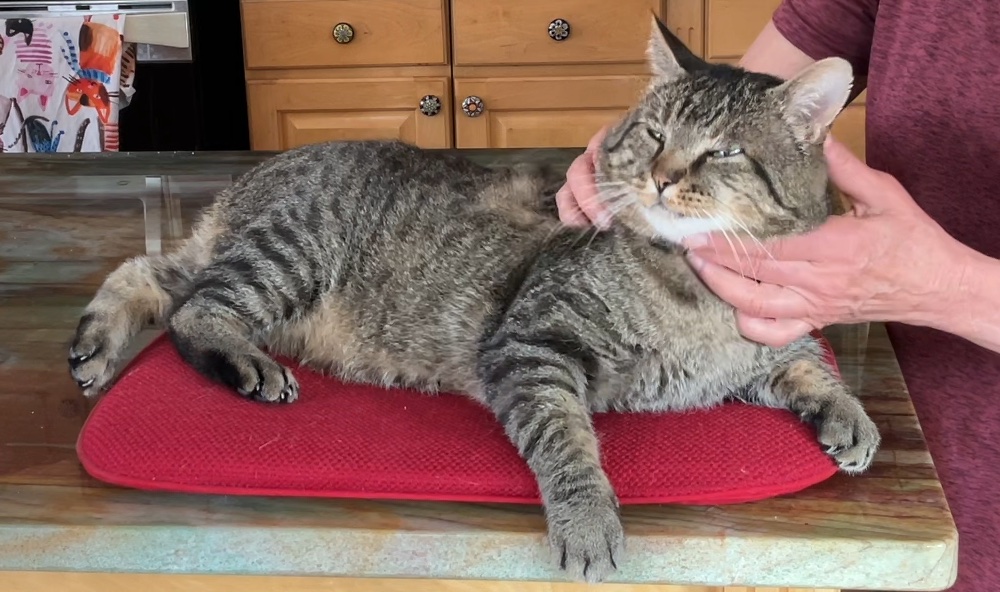 Touch is important for many species. It is often part of a social interaction, cementing bonds between the members of a group. Primates (chimps, baboons,…) groom each other; dogs groom each other, birds preen each other as part of courtship or bonding. Domestic cats also groom and rub against each other in greeting.
Touch is important for many species. It is often part of a social interaction, cementing bonds between the members of a group. Primates (chimps, baboons,…) groom each other; dogs groom each other, birds preen each other as part of courtship or bonding. Domestic cats also groom and rub against each other in greeting.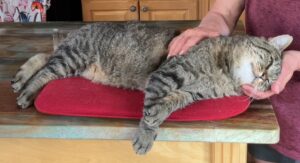
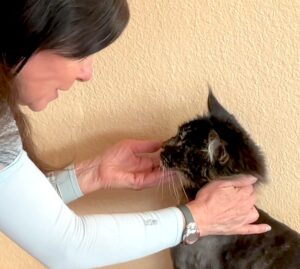
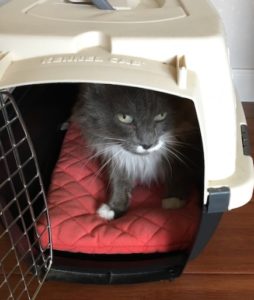
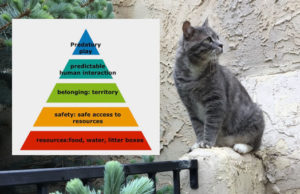
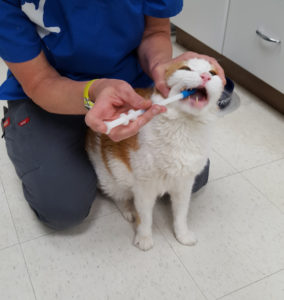
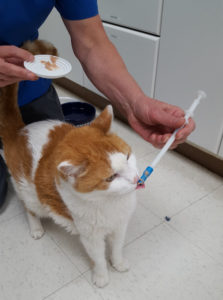
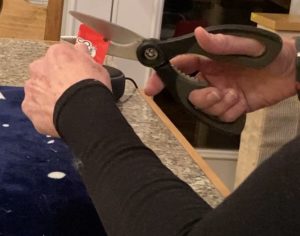
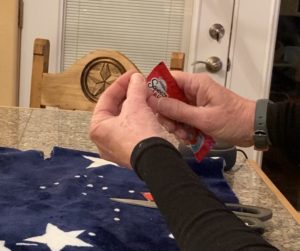
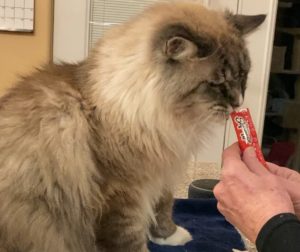
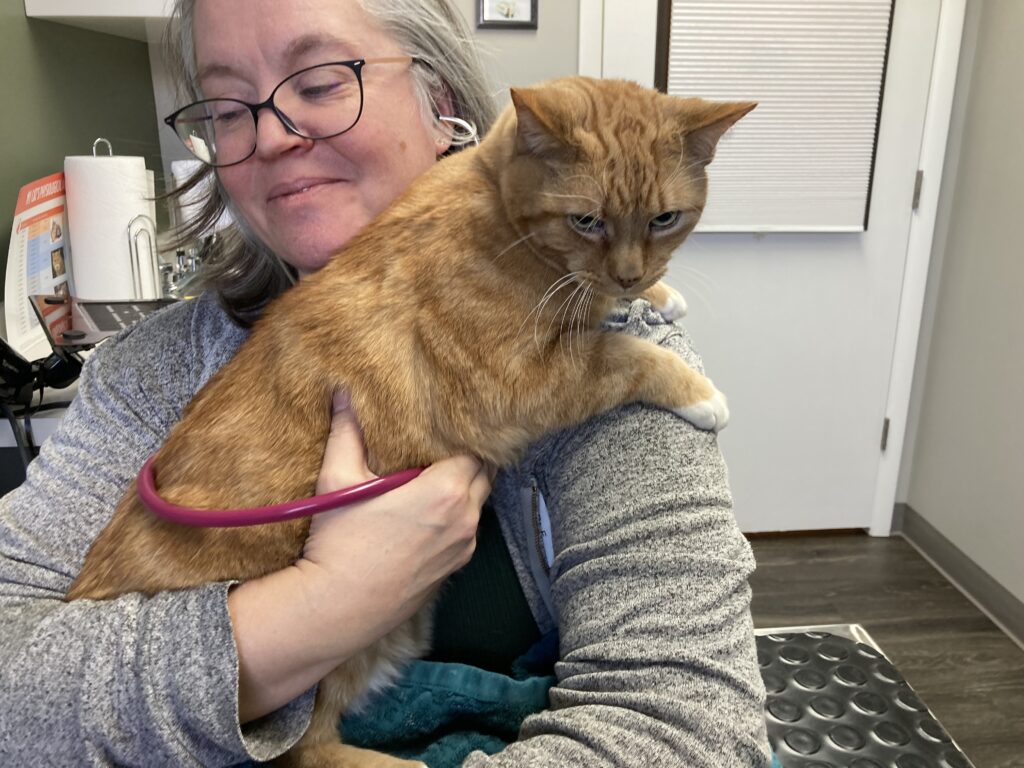
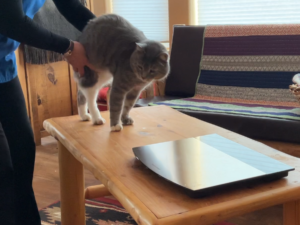
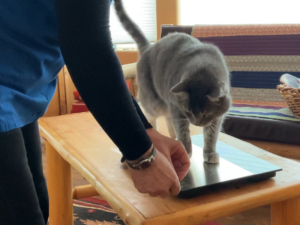
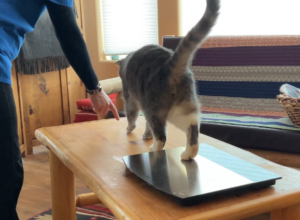
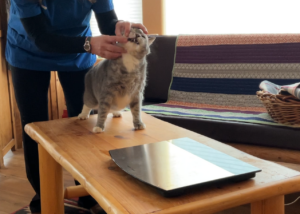
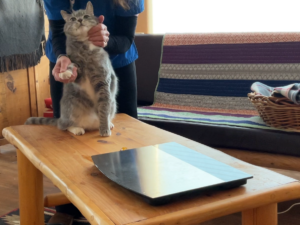
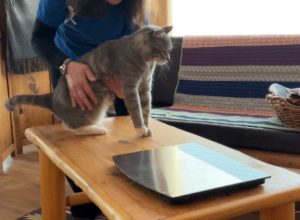
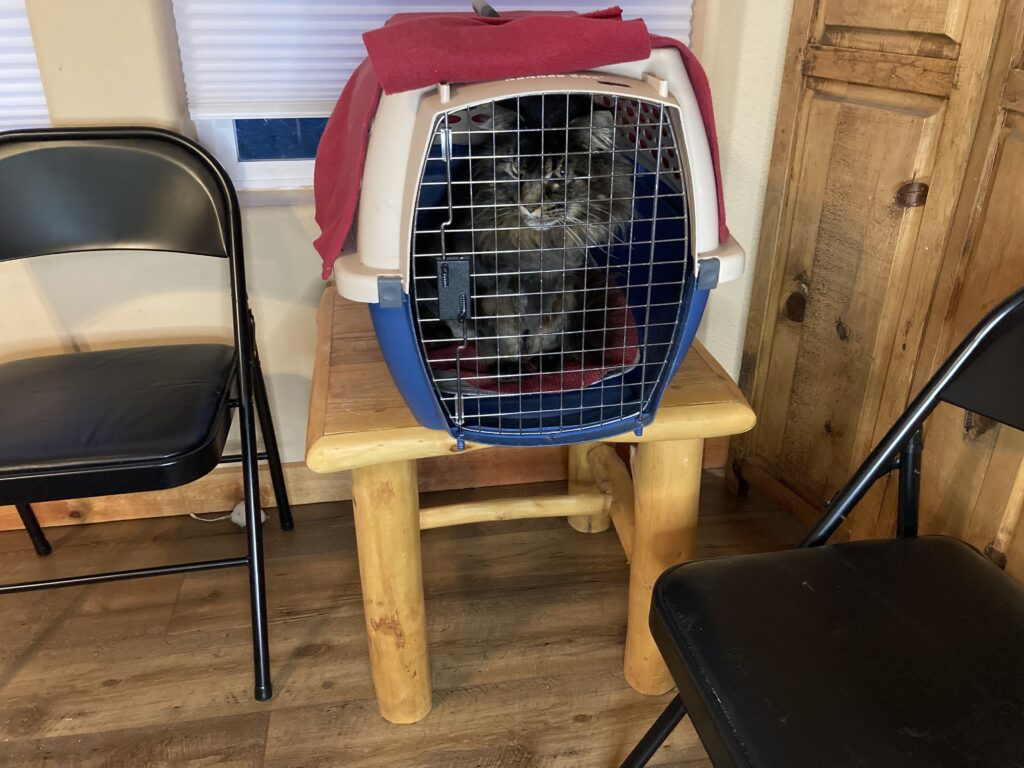
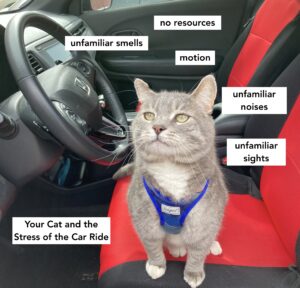 Cats tend to be homebodies – your cat’s ideal day may include eating breakfast, then finding a sunny window to nap in. Midday is time for a stretch and a snack; if the weather is nice, he may want to spend some time in his catio. Unlike dogs, few cats become ecstatic at the prospect of a car ride, hanging their heads out of the window.
Cats tend to be homebodies – your cat’s ideal day may include eating breakfast, then finding a sunny window to nap in. Midday is time for a stretch and a snack; if the weather is nice, he may want to spend some time in his catio. Unlike dogs, few cats become ecstatic at the prospect of a car ride, hanging their heads out of the window.